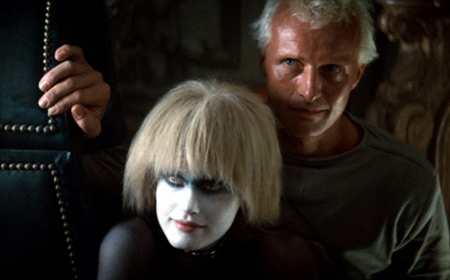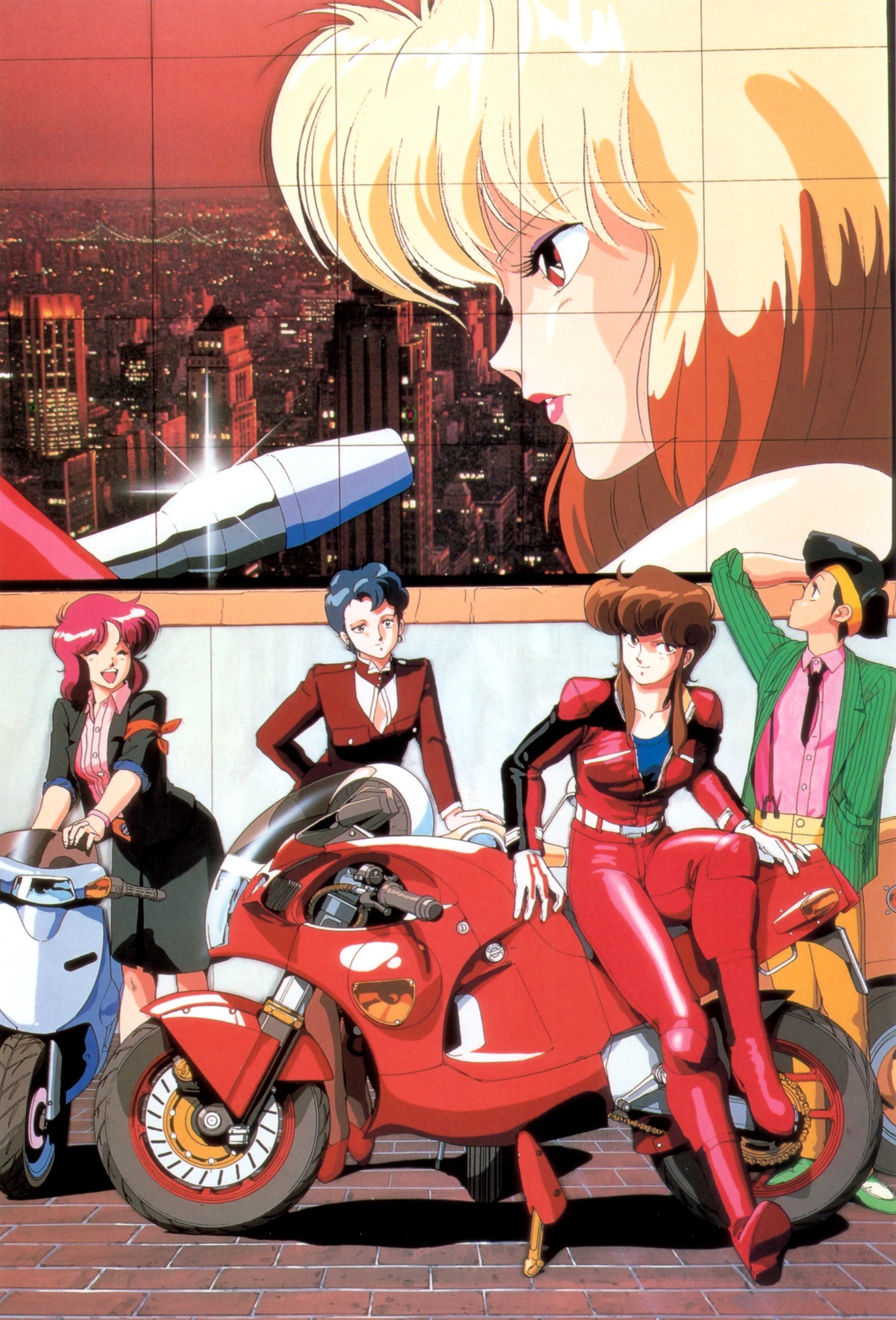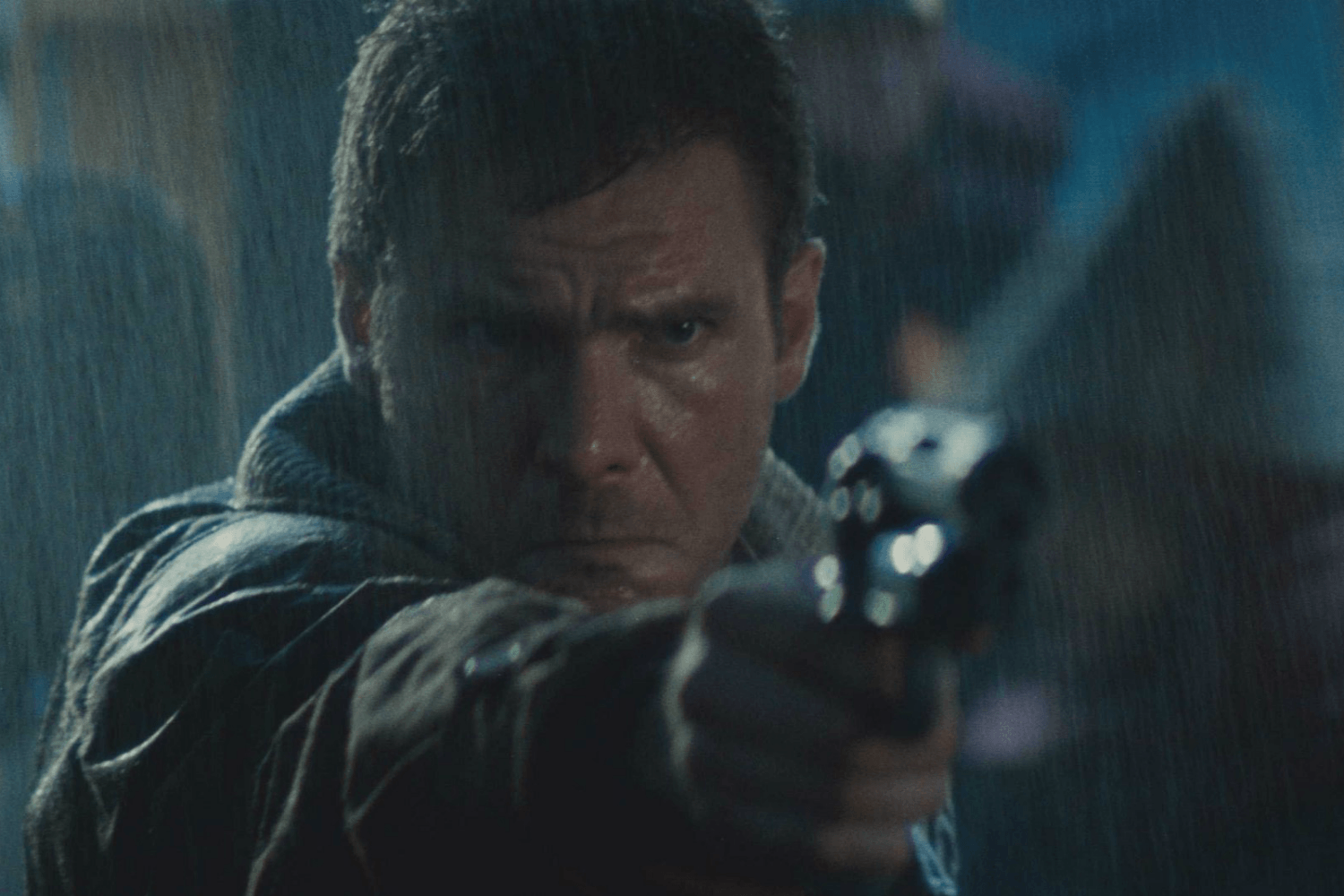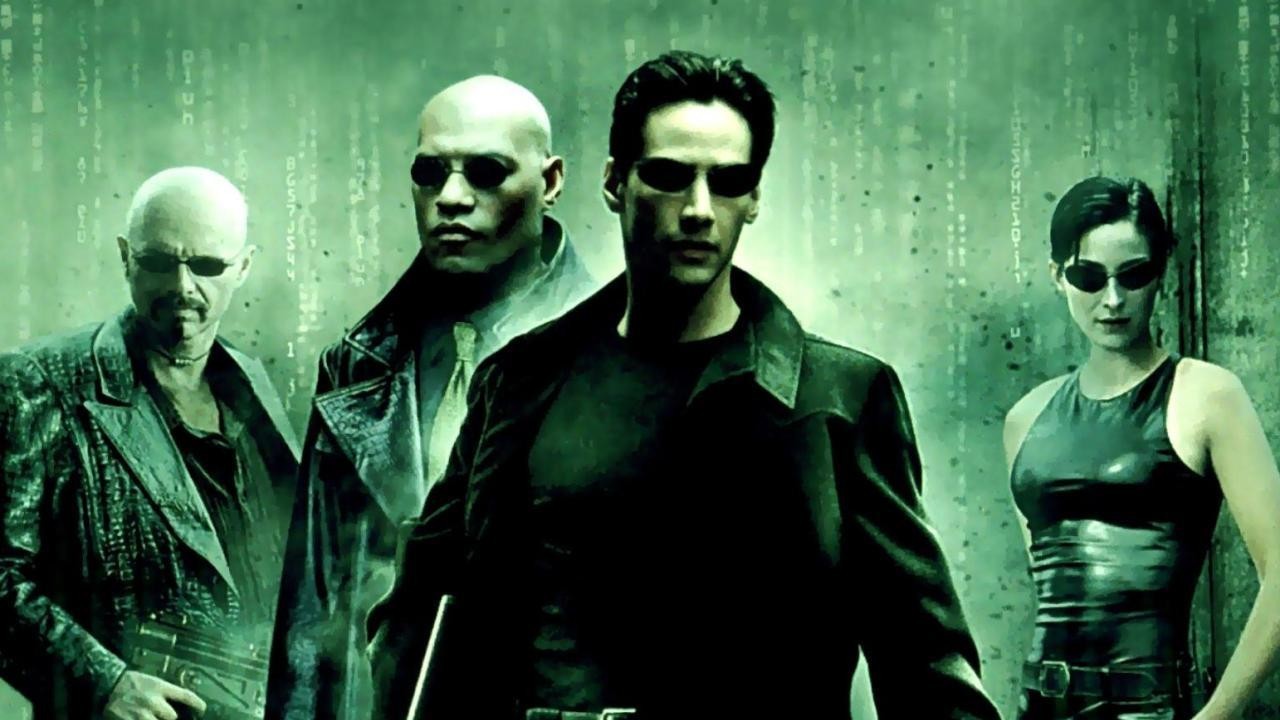Blade Runner: Defining Science Fiction That Isn’t So Shiny
CYBERPUNK, defined by a cultural setting in which civilization is progressing by great technological leaps and bounds, but contrasted by the relatively unstable development of societal norms. Much of this subgenre of science-fiction is depicted on the streets where people struggle to get by, and many have to fight through the hardship of what is normal, and emerging changes. And one the finest defining landmark standards of this genre, was Blade Runner. Unlike many other presentations of a bright, shiny, futuristic environment, before or since, the movie set itself apart by getting dirty. Highlighting that just because science and progress marches on, doesn’t mean that the old problems, old mentalities, will just go away. The genre is at that midpoint of change, where the world is struggling with itself, and people, as usual, are just trying to get through the day.

Adapted from the novel Do Androids Dream of Electric Sheep written by Philip K. Dick in 1968, Blade Runner was released in 1982 at a period of a Hollywood love affair with science fiction, following George Lucas’ phenomenal success with STAR WARS. Directed by Ridley Scott, Blade Runner was set in a dark, gloomy, dystopian Los Angeles in the now not-so-distant year of 2019, featuring a then rather young Harrison Ford in the title role as a Police officer, charged with the very special task of hunting and dispatching rogue Replicants.
The purpose of Replicants, artificial humans, was generally a mass-produced workforce created to handle mostly hard labor in hazardous environments, so as not to endanger human life. Ironically enough, Replicants are virtually genetically identical to humans, with the exception of certain modifications which make them faster, hardier, and stronger. However as they are artificially grown in a lab, they are considered no different in status than organic robots. Their existence bought and paid for by the mega-corporations which mass-produce them, technically making them property, and a virtually endless supply of slave labor. As awesome as their abilities are, the Tyrell Corporation which created them, built them with a finite shelf-life, giving them a mere 4-year lifespan as a form of control on their behavior, and on their population. Part of the story contains an underlying tone calling rights for Replicants into question, and bloody skirmishes have broken out because of this. Such uprisings led to Replicants being declared largely illegal on Earth, which is where Rick Deckard’s (Harrison Ford) job comes into play, as the final solution to “retire” rogue Replicants if other forms of control fail to keep them in line.

Roy Batty, played by Rutger Hauer (back), a Nexus 6 series Replicant programmed for Military operations, leads an escape from an off-world colony, leading a group to Earth to seek a way to extend their lifespans, including a Replicant named Pris, played by Daryl Hannah (front). The story surrounding the movie largely covers finding and dealing with them and their fellow escapees.
Although the movie itself is considered a cult classic and a cinematic masterpiece by many critics, like its sequel Blade Runner 2049, it initially underperformed in North American theaters. Its relatively unconventional setting, design, storytelling, and pacing polarizing critics and audience members alike to the extremes of the response spectrum. Either you loved it, or hated it. Something which seems to be rooted in Ridley Scott’s storytelling style, versus the kinds of people one might find in the audience, as production not only had amazing visual value, but a rich plot meant to appeal to the audience to make people think, emphasizing more on the depth of the plot, than visual bling. Director Denis Villenueve carries on the tradition with Blade Runner 2049, with screenplay by Hampton Fancher and Michael Green, impressively recapturing the atmosphere of the original film, but with updated technology in the production, and Ryan Gosling in lead. Both movies aren’t exactly action blockbusters, but can be more closely compared to a gumshoe story. That is to say, an old-school detective story, but set in the future, and a leading example of “neo-noir” cinema. There aren’t car chases, successive chain explosions, or frequent massive firefights, but more of a drama, and an investigative plot so engaging for the people who appreciate it, to quote writer Sarah Lynn Michener, it “passes the piss test”, where partway through the running of both the original or the sequel, one may feel the need to get up and answer the call of nature, but refuse to because you don’t want to miss a single second.
Blade Runner has since gone on to influence many other stories ever since its initial release, from books, to tabletop and video games, other movies and TV series, and even across the Pacific to Japanese anime. Many of which have become highly celebrated themselves.
In American cinema and TV, some of the most impressive shows from Hollywood of this genre, attempts to emulate or improve on Blade Runner’s success, combining neo-noir with science fiction and cyberpunk, and creating a hybrid genre which has been referred to as “tech-noir”, to varying degrees of success. These include many recognizable titles, not the least of which include Johnny Mnemonic, New Rose Hotel, Total Recall, Robocop, The Lawnmower Man, 12 Monkeys, Hackers, Hardware, Strange Days, The Matrix, Westworld, Max Headroom, Dark Angel, Almost Human, and Judge Dredd. Though Judge Dredd was originally created for comics in 1977, the cinematic version is no less relevant to the genre.
Standard gamer-geek fare, tabletop games and video gaming have evolved over time until the emergence and current dominance of the MMO on the market. But that doesn’t mean that the classic versions have gone out of style. Many titles such as Shadowrun, System Shock, Syndicate, Deus Ex, GURPS Cyberpunk, Cyberpunk 2077, and others still enjoy high acclaim among fans, and are still in circulation. In worlds characterized by high-tech, biological and technological body-modification, and violent dirty streets, their inbuilt mechanics not only outline surviving in a Cyberpunk world, but inherently always asking where the line is drawn, what direction does your moral compass point, what makes you human, and how you stay that way, while also dealing with numerous issues in the status quo.
And who could forget about Japanese anime and manga? Where a lot of traditional boundaries in US Cinema, TV, comics, and, well, cartoons, get blurred or simply cease to be. Beginning with the most blatant and direct homage to Blade Runner itself, an 8-episode anime called BubbleGum Crisis, about a band of female mercenaries, in possession of bleeding-edge tech. With one of the lead characters, Priss, evidently named after the character “Pris” portrayed by Daryl Hannah, introduced from the onset as a vocalist for her own band playing the club circuit, called “The Replicants”, even sporting a wig resembling Daryl Hannah’s hairstyle in the 1982 movie. The success of the original 8-episode OVA series led to its grittier spinoff, A.D. Police, featuring a division of the Police force, created to deal with rogue mecha, called “Boomers”. Following the success of the franchise, a sequel, BubbleGum Crash, and respin BubbleGum Crisis 2040 were later created, though these didn’t really enjoy as much success as the original.

BubbleGum Crisis 2032, illustrated by Kenichi Sonoda. Characters from left to right: Nene Romanova, Sylia Stingray, Priscilla Asagiri, Linna Yamazaki.
Other titles soon followed, some attaining worldwide acclaim, with titles like Masamune Shirow’s Appleseed, Dominion: Tank Police, and Ghost In The Shell, and their many incarnations, along with AKIRA, Ergo Proxy, GUNNM (or Battle Angel Alita in the west), Armitage III, Neo-Tokyo, Goku: Midnight Eye, and even recently with Psycho-Pass.
The cyberpunk genre is certainly not short on material across a variety of media, and is certainly an entertaining experience, especially for those who truly enjoy science-fiction with an edgier twist. And we have the existence of Blade Runner to thank for it.





















